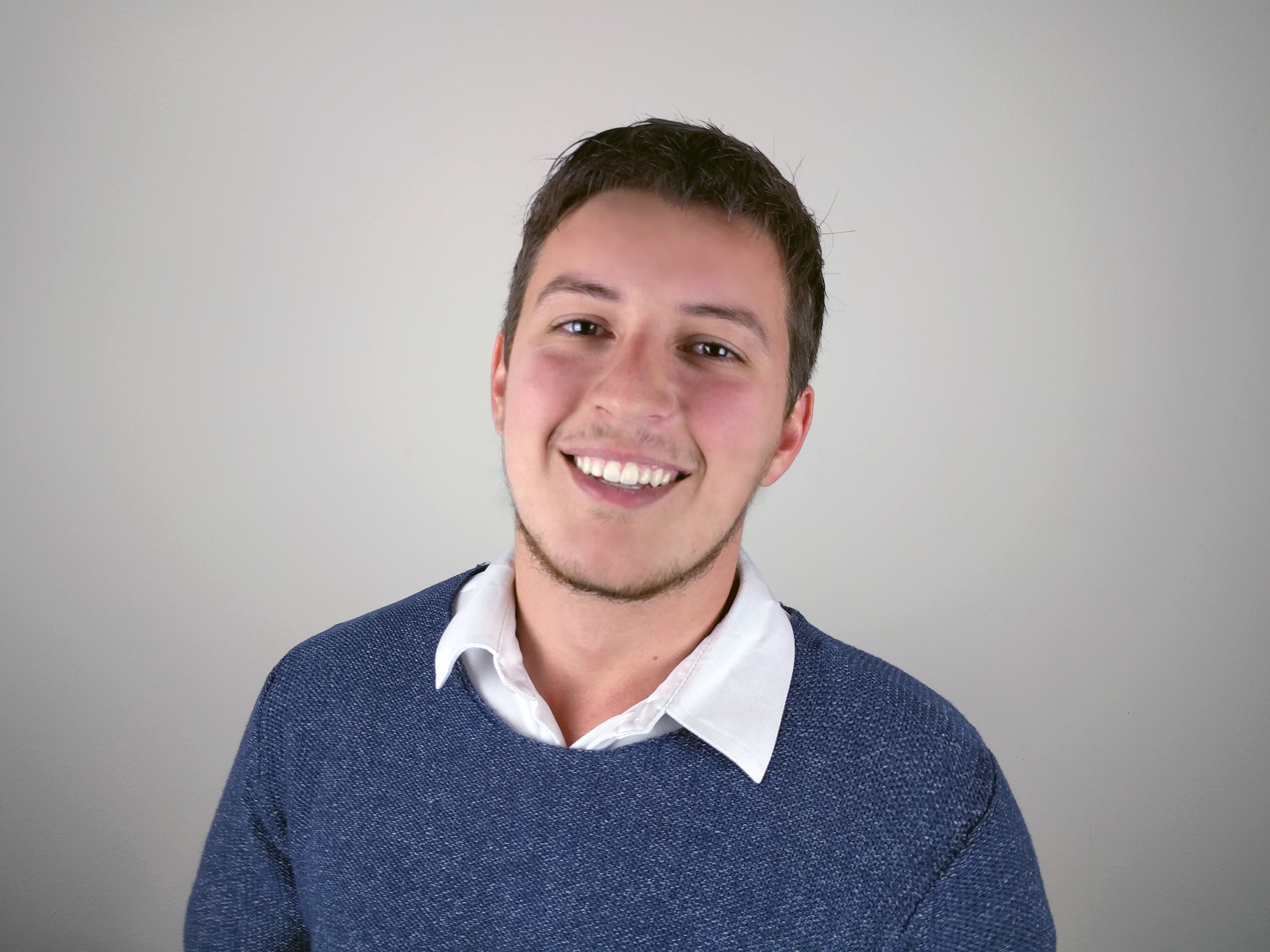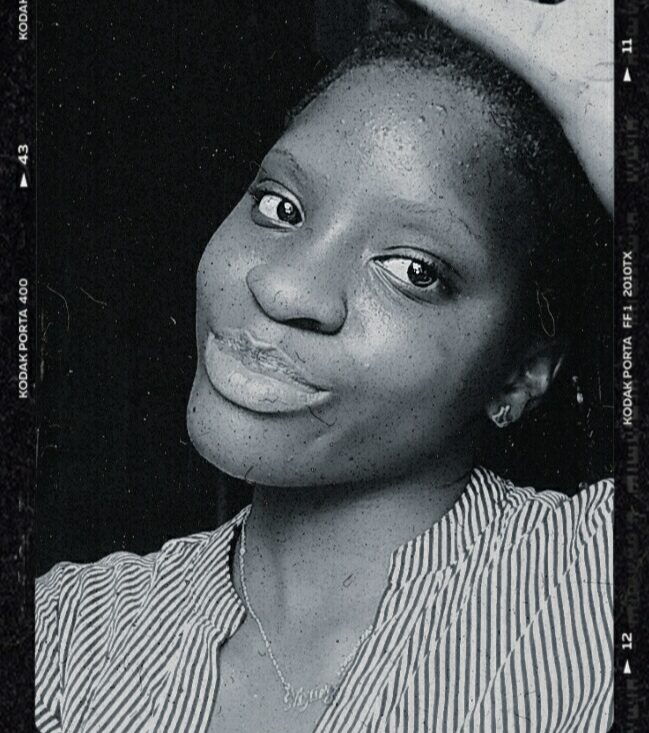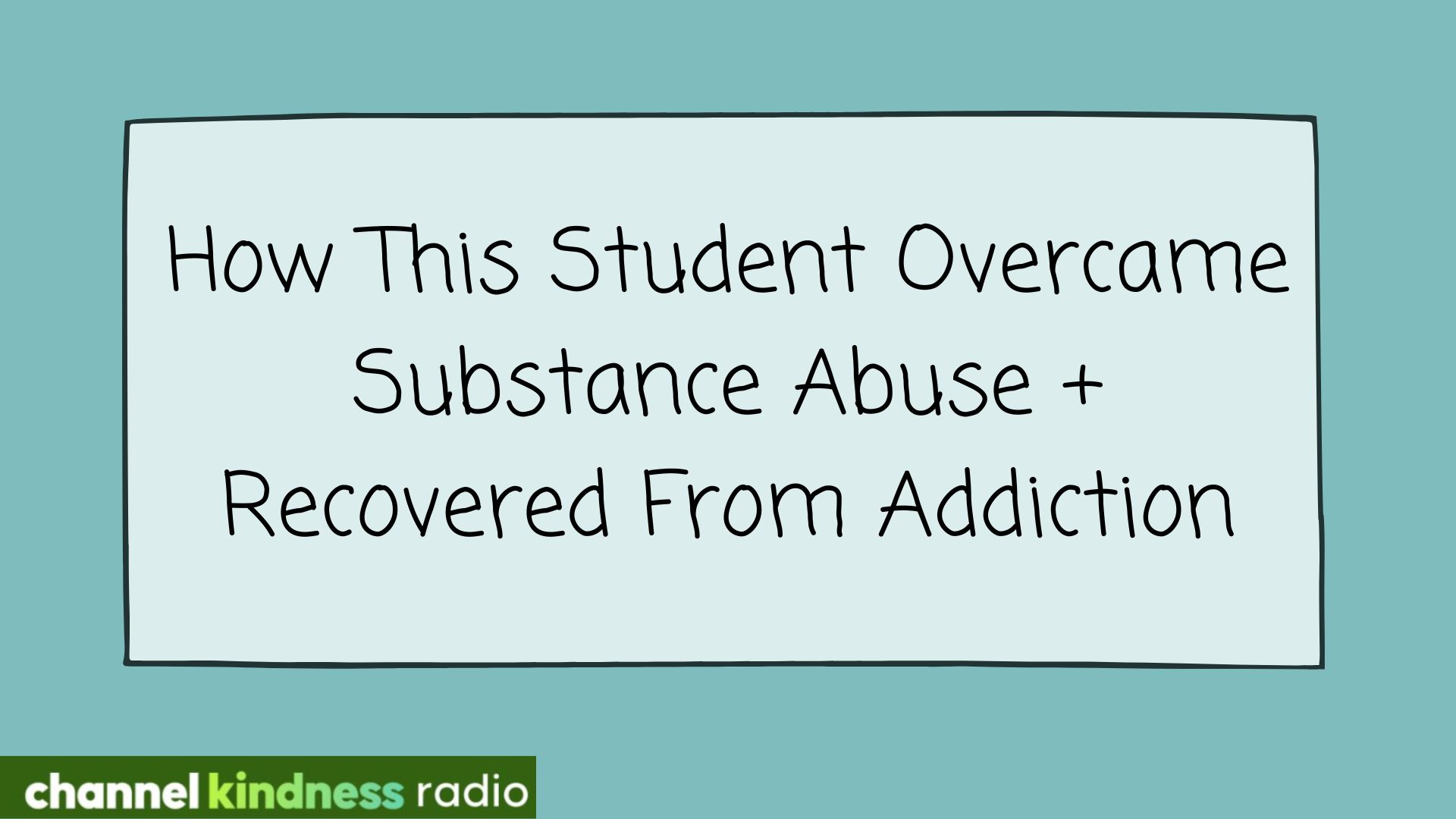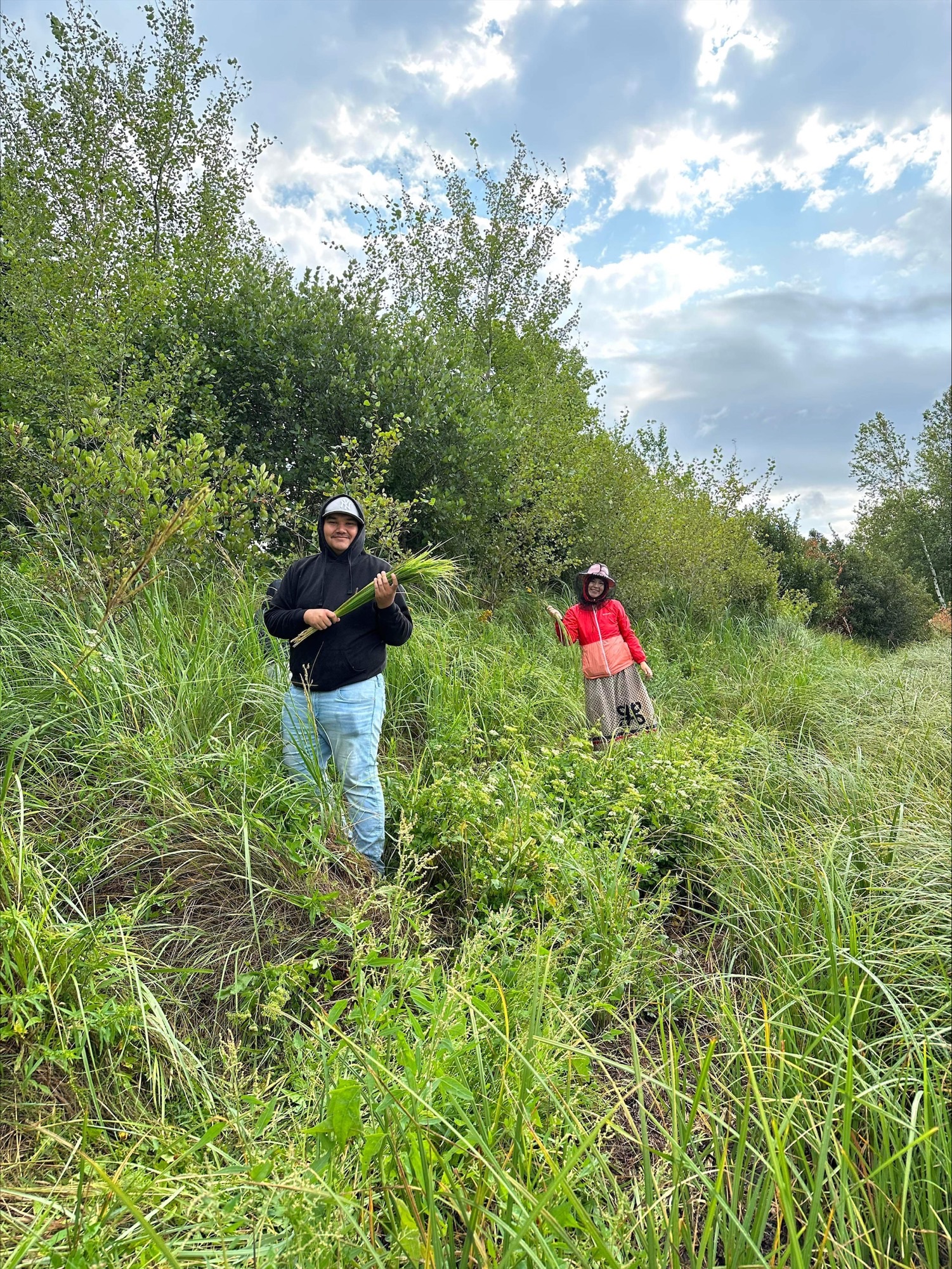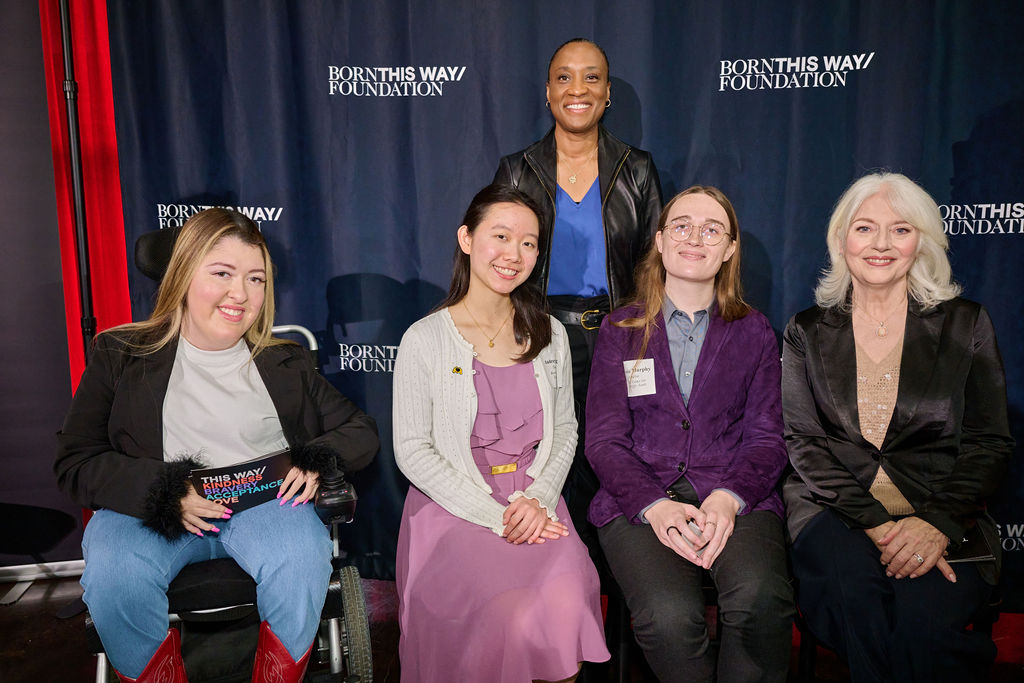On a bright Saturday morning just a few weeks ago, my train pulled out of Union Station in Los Angeles and headed east towards a college where I would give my first guest lecture.
Just a few weeks prior, a professor of anatomy and physiology from a small community college reached out and asked if I would give a presentation about the social construction of gender and tips for practicing inclusivity.
As a feminist, activist, and self-proclaimed psychology nerd, I was happy to accept the invitation, even if it meant giving up the opportunity to sleep in on a Saturday morning.
With my train speeding down the tracks, I whipped out my laptop and began to add a few more points to my PowerPoint slides. I was excited to start the presentation off by briefly talking about Being Wrong: Adventures in the Margin of Error, a book by Kathryn Shulz. The author makes a great point about humans wanting to be right about everything. We want to be right in arguments. We want to be right about our convictions. We want to be right about how the world works.
We even want to be right about sex and gender. What it is and isn’t. What it should and shouldn’t look like.
This theme of “humans wanting to be right” structured my remaining slides, which covered topics like intersex conditions, gender identity, sexism, transmisogyny, and practical advice for being gender inclusive.
All of these topics are relatively commonplace in discussions at UCLA. But this lecture wouldn’t be taking place at a liberal research university. This was a community college in a small, conservative town. While I didn’t want to paint my audience with a broad, sociopolitical brush, I also couldn’t shake the feeling that giving this lecture would be like walking an ideological tightrope.
Lean too far to the left, and the audience may get defensive. Too far to the right, and my egalitarian message might get watered down.
As my train drew closer to my final stop, I needed to figure out how to end my presentation. The ending had to be a simple take-home message. Something the audience would remember, even if they disregarded the rest of my lecture.
Then it dawned on me: kindness. That’s what I wanted the audience to take away from this. Moving beyond our own perceptions of sex and gender and being kind to those who are different from ourselves.
Coming full circle and referencing the theme in Schulz’s book, I came up with a quote to put in my last PowerPoint slide:
“Spend less time being right about people, and more time being kind to them.”
I got to the college just a few minutes before I was due to begin. The classroom was set up with four large lab tables with about 30 or so students total. The audience was surprisingly diverse. There appeared to be an even distribution of genders and races. Most people looked young and of typical college age, but others seemed much older.
“Hopefully my presentation has something for everyone,” I thought.
The lecture lasted just over an hour. I spent some of the time talking and some time facilitating discussions. Some people nodded their heads enthusiastically, others gave patronizing glances. Some people agreed with what I presented, others had different thoughts. Although everyone applauded at the end, I wasn’t sure if my message of kindness and inclusivity resonated with anyone.
“I’ll be here packing up if anyone has any questions before they leave,” I said.
As students filed out the door, an older woman in a hijab came up to me. She thanked me for the lecture, and said that my last point about treating others with kindness struck a chord with her.
Having converted to Islam a few years ago, she explained, she was no stranger to hostility and discrimination. She empathized with my efforts to encourage people to be kind to those who may be different from us.
“I’m trying to teach my son how to be kinder and more tolerant of people who are different. Do you have any advice?”
I smiled, and as I began to answer her question, I realized that the message of kindness had broken through. It had broken through an invisible social and political barrier. It transcended the divisions of gender, race, age, and faith.
Perhaps that’s the key to changing the world, then. Not to teach people the “right” way to look at it, but how to set it right by being kind to one another.




